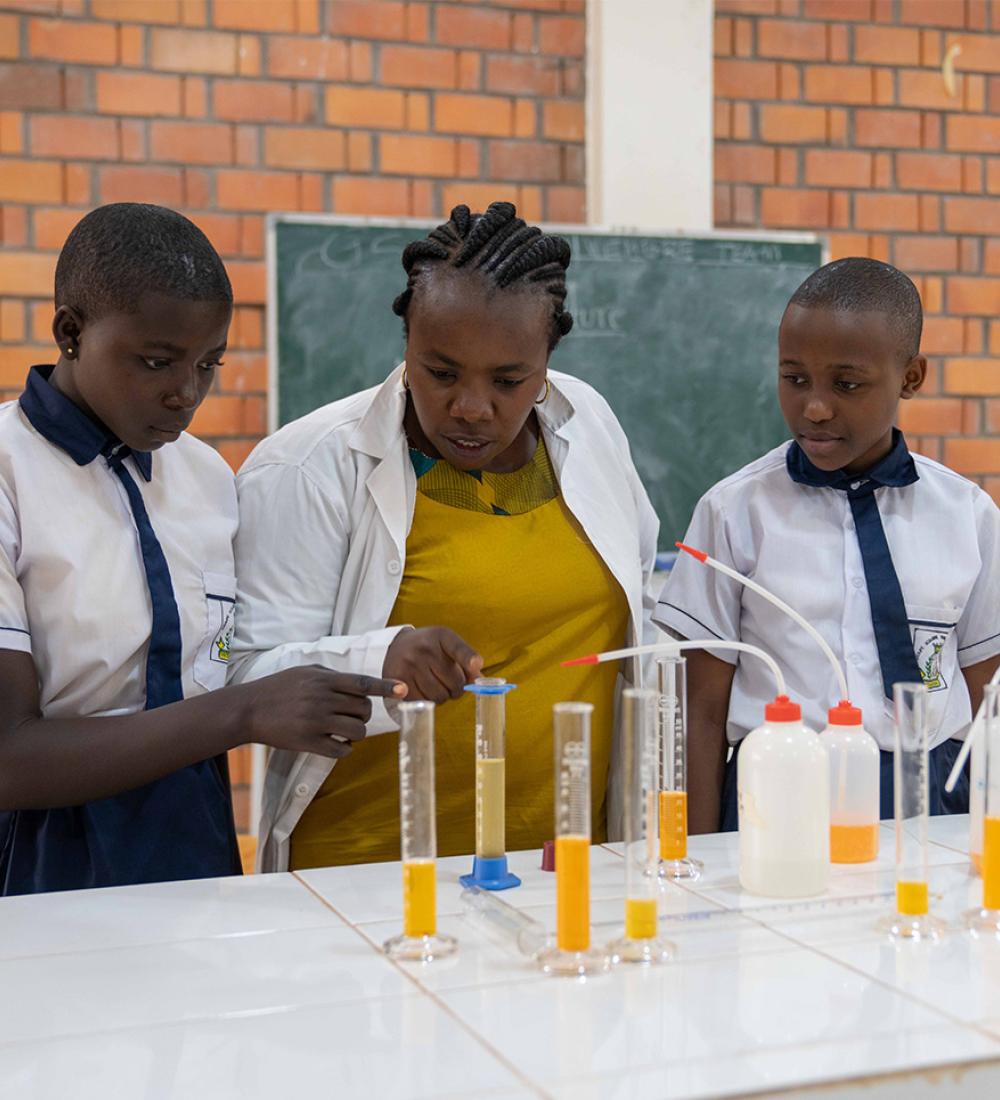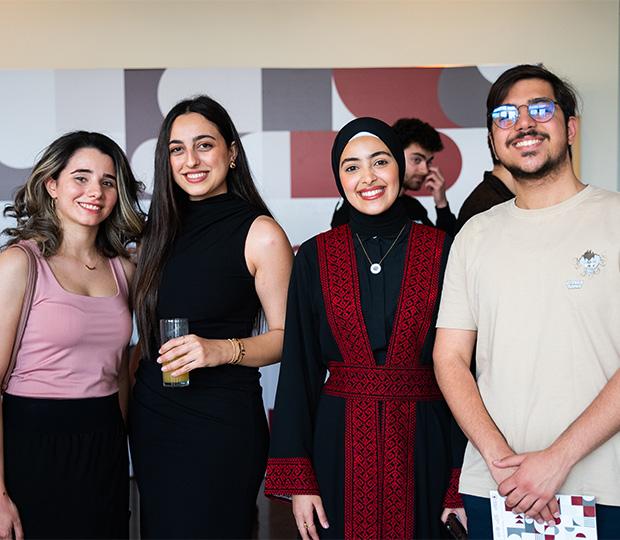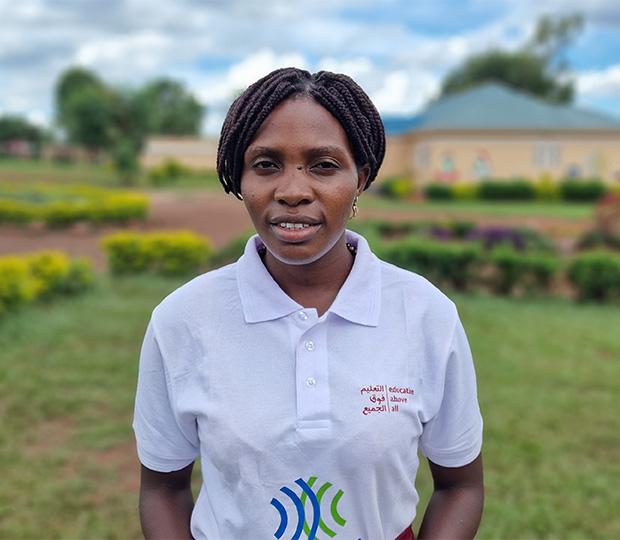We focus on projects with the potential to deliver solutions that are tailor-made for target communities, cost-effective, feasible to implement, sustainable, and aligned with our values and mission.
Our Approach
How We Work
Innovation Development (ID) collaborates with partners to gather real-time data and create customised solutions that address student gaps, needs, resource accessibility, and community context through rapid, data-driven design.
 Phase 1: Solution Ideation
Phase 1: Solution Ideation
Challenge Scoping
- Research challenges (externally/internally generated)
- Conduct a desktop landscape scan to identify solutions, gaps and potential partners
Concept Ideation
Co-develop a detailed concept note with proposed partners. This includes the need for the solution, the detailed solution brief, success criteria, and resourcing plan.
 Phase 2: Proof of Concept
Phase 2: Proof of Concept
Development
- Needs assessment
- Design and develop the solution with partners
- Develop MEL frameworks and supporting tools
Implementation
- Implement proof of concept
- Adapt based on feedback
- Collect MEL data
Iteration
- Iterate solution based on learnings
 Phase 3: Pilots
Phase 3: Pilots
(Can run in multiple cycles, if necessary)
Iteration
- Derive learnings, insights and results across the solution
- Iterate the solution
Implementation
- Implement pilots
- Adapt based on feedback
- Collect MEL data
Development
- Prepare complete solutions for diverse contexts
- Evolve a complete MEL framework
 Phase 4: Sustainability and Transfer
Phase 4: Sustainability and Transfer
- Handover to new/existing EAA department or partner
- Institutionalize through relevant partners/authorities by large-scale adoption and/or policy,
- Release as a public good for independent implementation
Focus Areas
Learning Opportunities for Adolescents and Youth
Age Group: 12–25 years
Innovations that create meaningful educational opportunities for youth and adolescents who are out-of-school, marginalised, or at risk of being excluded from the education system.
Learning Amidst Crisis
Age Group: 0–18 years
Innovations that address challenges in education in emergencies (EiE), emphasising continuity, resilience, and recovery to restore hope, stability, and normalcy for children in conflict and disaster zones. These are typically rapid response solutions, designed for shorter timeframes to meet urgent needs.
Practice and Pedagogy
Age Group: 5–25 years
Improve the quality of learning through active and real-world learning pedagogies specially designed to ensure academic knowledge acquisition and 21st-century skill building, especially in low-resource context environments. Support system capabilities and the practice of educators, learners, and other stakeholders to ensure adoption and sustainability.
Holistic Skills and Development
Age Group: 10–25 years
Innovations that equip learners with essential skills, including digital literacy, health awareness, and social-emotional competencies, to thrive in a rapidly changing world.













